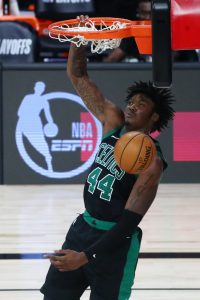The last year has been a particularly active one for NBA head coaching changes — of the league’s 30 teams, 10 have hired new coaches since the start of 2020, including nine since July.
[RELATED: Longest-Tenured NBA Head Coaches]
Typically, a leaguewide coaching overhaul like the one we’ve seen in 2020 is followed by a period of relative quiet, as those new head coaches get an opportunity to prove their value. But that doesn’t mean that we won’t see any in-season head coaching changes in 2020/21.
In-season coaching changes typically occur when a coach has been on the job for multiple years and is leading an underachieving team. If the coach was hired by a previous front office regime, that’s often a point against him as well, since it won’t necessarily reflect poorly on the current head of basketball operations if he has to replace that coach and bring in his own choice.
It’s probably safe to assume the 10 coaches that were hired in 2020 are safe for the time being. A handful of the league’s longest-tenured coaches, including Gregg Popovich, Erik Spoelstra, and Rick Carlisle, appear untouchable too. And there’s a group of coaches – including Frank Vogel, Nick Nurse, Brad Stevens, and Michael Malone, among others – whose recent achievements will ensure they have a very long rope going forward.
After eliminating all of those coaches from the discussion and paring down the remaining group a little further, I see Wizards coach Scott Brooks, Timberwolves coach Ryan Saunders, and Kings coach Luke Walton as a few candidates to find themselves on the hot seat later in the season if things don’t go well for their respective clubs.
All three coaches were hired by a previous head of basketball operations and all three are facing pressure to improve upon last season’s results.
Of the three, Brooks may have the most tenuous hold on his position. The Wizards surrendered a future first-round pick in their offseason trade for Russell Westbrook and are highly motivated to make it back to the postseason and convince Bradley Beal that it makes sense for him to stay in D.C. long-term. Brooks was hired by Ernie Grunfeld, so if things go from bad to worse following the team’s 0-4 start, new head of basketball operations Tommy Sheppard may feel pressure to make a change.
Unlike Brooks, who was hired back in 2016, Saunders and Walton were hired in 2019, which is one reason why I believe they’re probably not on shaky ground quite yet — replacing them in 2020/21 would mean not even giving them two full seasons to show what they can do.
Gersson Rosas could have replaced Saunders in 2019 when the Wolves coach only held the position on an interim basis, but opted instead to make him the permanent coach. Everything Rosas has said since then suggests he’s close with Saunders and feels he’s the right man for the job. And despite owner Glen Taylor‘s playoff hopes, Rosas likely recognizes that there’s a ceiling on what Saunders can do with the current roster — especially if Karl-Anthony Towns continues to battle injury issues.
As for Walton, the Kings didn’t make any splashy roster upgrades during the offseason, so it’s not as if they have short-term championship expectations. As long as Walton can keep the team in the mix for a top-10 spot in the conference, he should be safe for the time being. He’s off to a good start — the Kings are 3-1, with a pair of impressive wins over Denver.
Given their current rosters, expectations likely aren’t sky-high for Dwane Casey (Pistons) this season, so as long as Detroit’s youngsters show positive growth, he should be safe. Three more Southeast coaches – James Borrego (Hornets), Lloyd Pierce (Hawks), and Steve Clifford (Magic) – could be on the hot seat if their teams significantly underachieve this season, but all three (especially Clifford) are off to good starts.
What do you think? Which coaches do you think could find themselves on the hot seat during the 2020/21 season? Do you think we’ll see any in-season coaching changes? If so, which team will be the first to make a move?
Head to the comment section below to weigh in with your thoughts!
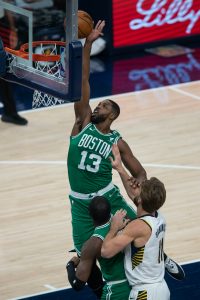
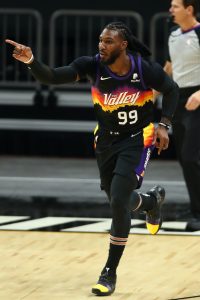 Phoenix Suns
Phoenix Suns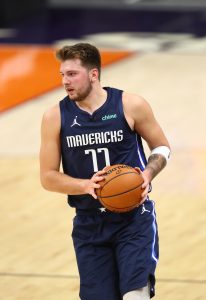
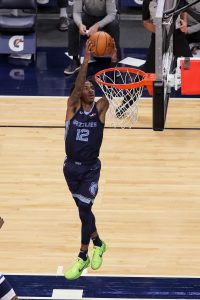
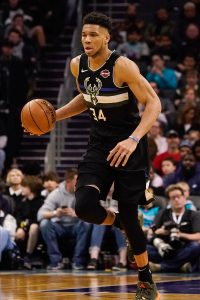 [RELATED:
[RELATED: 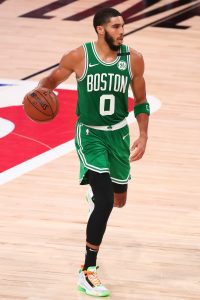 Tatum and Mitchell just have to make any All-NBA team to bump the total projected value of their extensions from $163MM to $195.6MM, but Fox would have to make All-NBA First Team and Adebayo would have to win an MVP award. Fox and Adebayo can earn “max” salaries above 25% but below 30% if they achieve certain other criteria.
Tatum and Mitchell just have to make any All-NBA team to bump the total projected value of their extensions from $163MM to $195.6MM, but Fox would have to make All-NBA First Team and Adebayo would have to win an MVP award. Fox and Adebayo can earn “max” salaries above 25% but below 30% if they achieve certain other criteria.